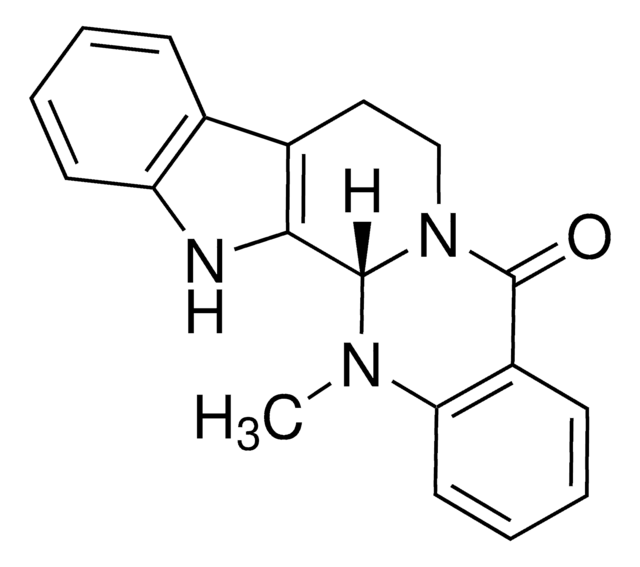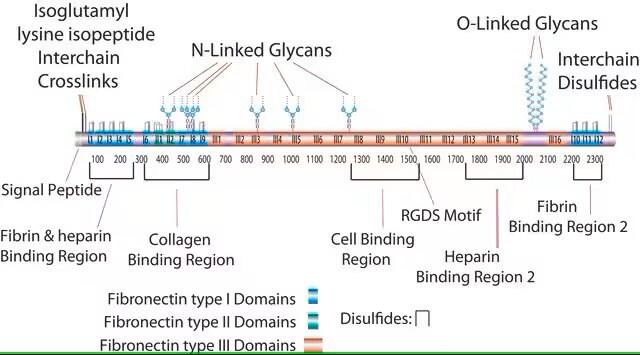F4759
Bovine Fibronectin
from bovine plasma, powder, suitable for cell culture
Synonym(s):
Fibronectin
About This Item
Recommended Products
Product Name
Fibronectin bovine plasma, powder, BioReagent, suitable for cell culture
biological source
bovine plasma
Quality Level
sterility
sterile
product line
BioReagent
form
powder
mol wt
~450 kDa
packaging
pkg of 1 mg
pkg of 2 mg
pkg of 5 mg
concentration
≥1 mg protein/mL
technique(s)
cell culture | mammalian: suitable
surface coverage
1‑5 μg/cm2
solubility
H2O: 1 mg/mL at 37 °C (Store reconstituted solution in working aliquots at -20°C or lower.)
NCBI accession no.
UniProt accession no.
shipped in
dry ice
storage temp.
−20°C
Gene Information
bovine ... FN1(2807940)
Looking for similar products? Visit Product Comparison Guide
General description
Application
- Used for coating the glass coverslips for the culture of decidual stromal cells (DEC)
- Cell movement assays (culture plates were coated with fibronectin)
- Cell spreading and immunofluorescence
- Protein specificity
- Integration of sensor films into microfluidic chips
- Histological and Immunohistochemical (IHC) analyses
- Used in primary cell cultures from patients with lung carcinoma
Biochem/physiol Actions
Caution
Storage Class Code
11 - Combustible Solids
WGK
WGK 3
Flash Point(F)
Not applicable
Flash Point(C)
Not applicable
Personal Protective Equipment
Choose from one of the most recent versions:
Already Own This Product?
Find documentation for the products that you have recently purchased in the Document Library.
Customers Also Viewed
Articles
Fibronectin (FN) is a multifunctional, extracellular plasma glycoprotein produced by hepatocytes that circulates at near micromolar concentration and assembles into extracellular matrix fibrils at cell surfaces along with locally produced cellular FN.
Cancer stem cell media, spheroid plates and cancer stem cell markers to culture and characterize CSC populations.
Extracellular matrix proteins such as laminin, collagen, and fibronectin can be used as cell attachment substrates in cell culture.
Protocols
Dilute fibronectin to the desired concentration. Optimum conditions for attachment are dependent on cell type and application. The typical coating concentration is 1 – 5 ug/cm2.Fibronectin coating protocol, products, and FAQs.
Our team of scientists has experience in all areas of research including Life Science, Material Science, Chemical Synthesis, Chromatography, Analytical and many others.
Contact Technical Service










